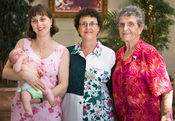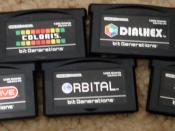The twenty-first century marks a new development in the workplace. Today, there are four generations interacting in the workforce: the Silent Generation, Baby Boomers, Generation X, and Generation Next. This has become a problem because each generation has a different set of values and standards.
Today there are still four generations working for many reasons. Usually the older generations tend to retire in their later years; however recent events have either forced them to hold off on retiring or to come out of being retired. A reason that they are many young people in the workforce is due to their advanced knowledge in the technology field.
These four generations each have their own ideas about company commitment, rewards, flexibility, and change. The generational differences can cause major discrepancies in behavior and perspective from one worker to the next. Individuals may have different values, practice different work habits, or seek different goals.
This vast amount of differences causes problems at work.
The big question for employers is how can you create a work force that blends the skills and knowledge of all four contemporary generations? The first step in answering this question is informing employees as well as employers about the different generations and what they have to offer. The silent generation is a group who were born 1927-1945. This generation is particularly loyal because they grew up in times when opportunities were scarce. The Baby Boomers were born from 1946-1964. This group is very competitive because it is such a large group of people. Generation X is a group born 1965-1981. They prefer to work independently and are always looking for employers who can improve their skills. Generation Y is a set people born 1982- present. This is most adult supervised and as a result they have no...


